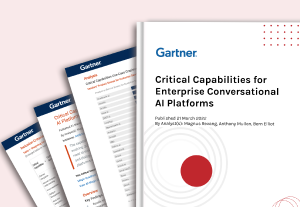- Behavioral Science, Customer Experience, Design, Human factors, Neuroscience, Usability, UX Education, UX Magazine
People’s autonomy is in their capacities not in their impairments. Learn how human-centred helps understand how capacities, capabilities and autonomy interact.
Article by Alastair Somerville
Human-Centered Prototyping Starts With Respect For Human Capacities
The authors gives his 3-step human-centered prototype model to understand how capacities, capabilities and autonomy interact:
- Research Capacities
- Consider Capabilities
- Build prototypes
Researching capacities leads to recognizing the diversity of solutions that come from personal divergence.
Reviewing capabilities means looking at what tools/services/communities/assets work successfully to achieve desired outcomes.
While building prototypes, it is important to keep the sense of independence and individuality for users.
Share:Human-Centered Prototyping Starts With Respect For Human Capacities
Share this link
- June 14, 2022
3 min read







